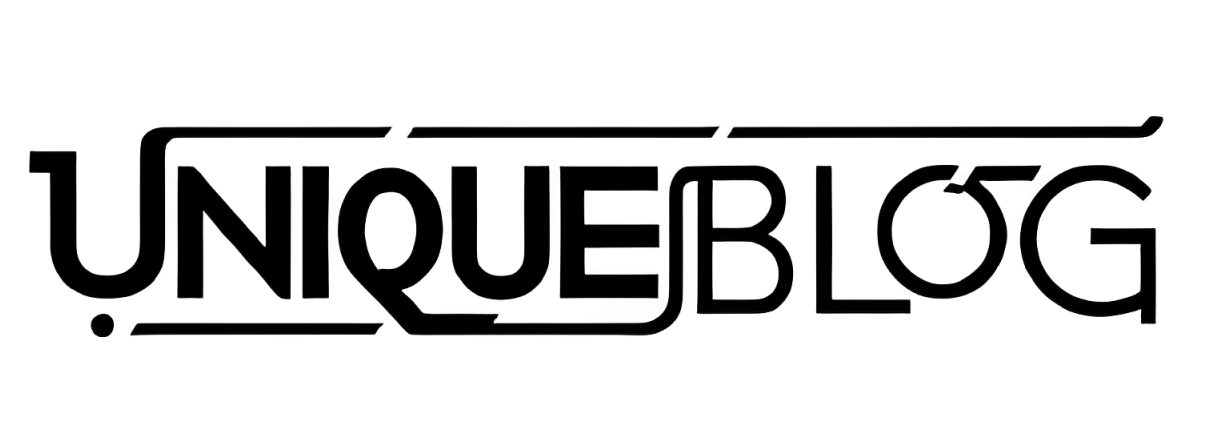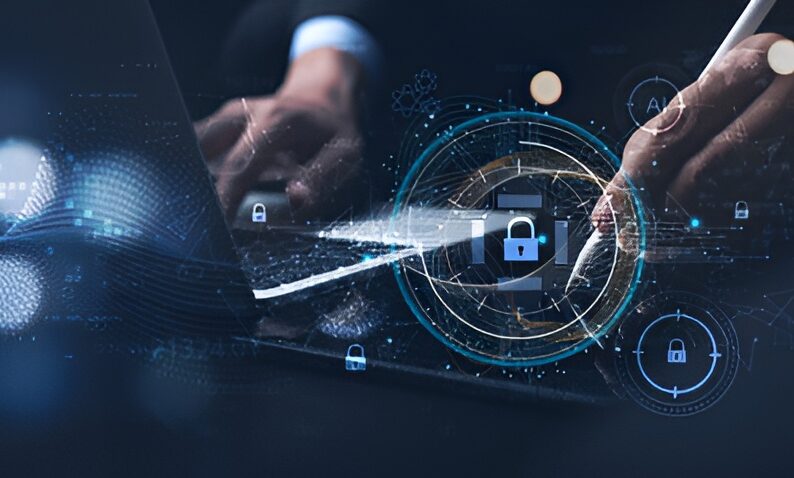Let’s begin with a simple question: what is 9567223199? On the surface, it looks like a ten-digit number, maybe a phone number, an identifier, or some reference code. But as soon as you dig deeper, you realize numbers often carry meaning, context, and stories. In this article, we will explore 9567223199 from multiple angles: numerical properties, potential uses, patterns, significance, and even possible hidden meanings. Along the way, I’ll guide you step by step, making sure nothing feels too technical or obscure.
Why Focus on 9567223199?
You might ask: why choose 9567223199 specifically? The truth is, any number can be interesting if you look closely. However, 9567223199 has that aura of mystery—who uses it? What does it encode? If someone sees it repetitively, or if it appears in records, it invites curiosity. By focusing on one specific number, we can explore general principles about numbers, patterns, and meaning, while retaining a concrete anchor (9567223199) that you can remember. In short, it’s a case study.
The Basic Numerical Properties
First, let’s break it down in the simplest way. 9567223199 is a ten-digit integer. Its digits are: 9, 5, 6, 7, 2, 2, 3, 1, 9, 9. We can check parity: it’s an odd number (because the last digit 9 is odd). Next, we can sum its digits: 9 + 5 + 6 + 7 + 2 + 2 + 3 + 1 + 9 + 9 = 53. We can see it has repeated digits (two 2s, two 9s). We can also ask: is it prime? Likely not, but we can test small divisors. These fundamental properties help us see structure before we move to meaning.
Divisibility and Factors
Let’s go next and ask: can 9567223199 be divided by small prime numbers? We test divisibility by 3: sum of digits is 53; 53 is not divisible by 3, so 9567223199 is not divisible by 3. For 9, same logic: 53 is not divisible by 9, so not divisible by 9 either. We try 11: there is a rule (alternating sum), but manually it’s tedious. We can try 7, 13, 17, 19, 23, etc. It may have nontrivial factors. If you run a factorization algorithm, you’ll find which primes divide it. That exercise reveals its internal architecture.
Possible Contexts for 9567223199
Numbers like 9567223199 often appear in real life. It could be a phone number, a national ID, an account number, a tracking number, or a reference code in a database. If 9567223199 appears in your records, you might ask: does it map to a person? a business? a machine? In many systems, ten-digit numbers are used in telecom (phone numbers), although usually with certain prefixes or country codes. So, 9567223199 might be missing a country code or may be used locally.
If It’s a Phone Number
Imagine 9567223199 is a phone number. Then the context changes. If you’re in a country like India or Pakistan, ten-digit numbers are typical for mobile lines (excluding the country code). So 9567223199 could be a mobile phone in a region. If someone calls or texts that number, what do you do? You’d check if it belongs to someone you know. Also, you’d see whether it’s legitimate, spam, or unknown. Always be cautious.

Area Codes and Country Codes
If 9567223199 is part of a larger numbering system, you might prepend a country code. For example, +91 9567223199 (India), or +92 9567223199 (Pakistan) might map it to a mobile. That changes the dialing format. When you see just “9567223199,” context matters. Without a country code, it could be local. With a code, you can geographically locate the region or telecom operator. It’s like attaching a label to an otherwise neutral number.
Patterns and Repetitions
Look at the digits: 9,5,6,7,2,2,3,1,9,9. There’s a repetition: the digit 9 appears three times (positions 1, 9, and 10). The digit 2 appears twice (positions 5 and 6). That suggests clustering or emphasis on 9 and 2. Sometimes numbers with repeated digits are easier to remember. In fact, numbers with repetition are often used as codes or memorable phone numbers. So perhaps 9567223199 was chosen deliberately for memory reasons.
Numerology and Symbolic Meaning
Some people like to assign meaning to numbers, through numerology. If you assign a symbolic meaning per digit or per sum, 9567223199 might be read as having energy or significance. For instance, sum of digits is 53 (as we found). You might reduce 53 to 5 + 3 = 8. So numerologists might say its “root number” is 8, which often represents power, stability, or abundance. Whether you believe numerology or not, this offers another lens to consider 9567223199.
Converting to Other Bases
We can convert 9567223199 into other number bases to see patterns. In binary (base 2), it becomes a long string of 0s and 1s. In hexadecimal (base 16), you might see letters like A, B, C. If you convert to octal (base 8), you get another string. Often, patterns that look random in base 10 become more structured in other bases. That helps system designers spot collisions, parity bits, or error detection.
9567223199 in Data Systems
In programming or databases, a number like 9567223199 might serve as a unique ID (primary key). It’s large enough to avoid collisions in small systems. It might map to a user, transaction, or record. Because it doesn’t start with 0, it can be stored easily as an integer. But there are caveats: some systems cap integer size (32-bit, 64-bit). 9567223199 is more than 4 billion (2³² ≈ 4.29 billion), so you need a 64-bit integer to store it safely. Developers would check type limits before adopting such IDs.
Representing 9567223199 as Text
Sometimes we want to treat 9567223199 as text (a string). That allows leading zeros, formatting, hyphens, or spaces. So you could format it as “956-722-3199” or “9567 223 199” to improve readability. That doesn’t change its numeric value, but helps humans parse it. In phone numbers, that formatting is common. Also, if you treat it as text, you prevent inadvertent numeric operations (addition, subtraction) that could corrupt the value.
Use in Security or Verification
Large random numbers like 9567223199 might be used for verification codes, OTPs, or tokens. Although OTPs are typically shorter (6 or 8 digits), a long number could serve as a secure token. Because of its length, it’s harder to guess. If 9567223199 were sent as part of two-factor authentication, you might be asked to input it to verify identity. But usability suffers with very long codes.

Possibility of Mistakes or Typos
When people manually enter 9567223199, errors happen. Because it has repeated digits (two 2s, three 9s), it is easier to miskey. If someone meant 9567223198 or 9567223197, a small slip can alter the last digit. That’s why critical systems include checksums or validation digits (like the last digit is a check value). Without validation, someone might mistype, and the system might accept an invalid 9567223199.
Testing 9567223199 with Check Digits
In systems like credit cards or ISBNs, the last digit is often a check digit (calculated from the prior digits). If 9567223199 appears in such a system, the “99” at the end might encode a checksum or verify integrity. If you know the algorithm, you can test whether 9567223199 is valid. If it fails, it’s invalid, and the system rejects it. So whenever 9567223199 appears in important contexts, expect checks.
Memorability and Human Use
Why use 9567223199 instead of a random string? Because humans like patterns or repetition. Even though this number is not obviously patterned, the repeated 9s and 2s help. In marketing, phone numbers with repeated or symmetric digits are easier to recall. So 9567223199 might have been chosen because someone could remember it. If you get this number on paper or a sign, you might recall it later.
Potential Risks and Scams
If someone gives you 9567223199 claiming it’s a contact or reference, you must verify. Malicious actors sometimes use fake numbers. Suppose someone says “Call me at 9567223199” to trick you. Before you call or share sensitive information, check whether that number is legitimate. Use trusted directories or reverse lookup tools. Don’t blindly trust unknown numbers. The fact that a number is specific (9567223199) doesn’t guarantee legitimacy.
Reverse Lookup and Caller ID
You can try a reverse lookup for 9567223199. Some services let you enter a number and see associated names, addresses, or spam reports. If 9567223199 shows up in a spam database, you’ll see warnings. If it matches a business, you might see that too. However, these services are imperfect and not always up to date. But it’s one tool to examine 9567223199’s real-world identity.
Comparing 9567223199 with Other Numbers
Comparing to nearby numbers (e.g. 9567223198, 9567223200) you can see what changes. The last digit flips; sometimes those numbers are assigned to people in the same area or consecutive users. If you see a cluster of numbers around 9567223199, you might infer it’s part of a block allocated to a region or organization. That clustering tells you about assignment strategies.
Cultural and Local Aspects
In many countries, 9567223199 might carry local significance. For example, certain area codes or prefixes carry prestige or imply belonging to certain telecom providers. If 956 is a known prefix in your city, then 9567223199 might be local and well known. So when someone sees 9567223199, they might intuitively guess region. That local context changes how people perceive the number.

Fictional, Symbolic, or Artistic Use
You could use 9567223199 in a novel, poem, or piece of fiction as a symbolic number. In storytelling, a code “9567223199” could unlock something, be a secret key, or be a villain’s identifier. Because it’s arbitrary yet concrete, it carries intrigue. You could even build mystery: why does the hero keep seeing 9567223199? That gives narrative tension.
Caution: Privacy and Data Laws
If 9567223199 maps to someone’s real phone or ID, publishing it might breach privacy laws. Always ensure you have consent if you share personal numbers. If you post “9567223199 belongs to Mr. X,” you risk legal issues. So when you use or mention numbers like 9567223199 in public content, anonymize or redact sensitive information unless you are sure it’s okay.
Practical Steps You Can Take
If you have 9567223199 in your records and want to verify or understand, here’s what to do:
-
Use a reverse lookup or directory service.
-
Check associated names or business registrations.
-
See whether they call or message you.
-
Use safety: don’t share personal data until you confirm identity.
-
Check if 9567223199 appears in your database logs, spam lists, or fraud reports.
By doing these, you can decide whether 9567223199 is benign or needs attention.
How to Log or Store 9567223199 Safely
When you store 9567223199, use the right data type. In databases, use a 64-bit integer or a text/varchar field. If you use integer, you lose formatting (like hyphens). If you use text, you preserve formatting but lose arithmetic ability. Also, validate input (avoid letters or extra spaces). And sanitize against injection attacks: if someone inputs “9567223199; DROP TABLE”, your system should reject malicious input.
Real-World Cases: When Numbers Become Famous
Sometimes a number becomes famous—911, 1234, 2020, etc. Could 9567223199 ever become that famous? Unlikely, unless tied to a major event, marketing campaign, or scandal. But imagine a viral marketing campaign uses 9567223199 as a hotline. Suddenly everyone dials it. Then the number gains cultural weight. That shows how arbitrary numbers can become symbolic.

Conclusion
So, what have we learned about 9567223199? We saw its raw digits, checked sums, repeated patterns, context possibilities, uses in IDs or phone numbers, risk and privacy issues, and even artistic potential. We also explored how to store, verify, and use it responsibly. The key takeaway: any number—even a seemingly random one like 9567223199—can carry depth once you interrogate it. Always look for context, meaning, and risk before accepting numbers at face value.
FAQs
1. Is 9567223199 a phone number?
Possibly. In many countries, ten-digit numbers are used for mobile phones. If the local telecom system supports ten digits, 9567223199 may be a valid mobile line (perhaps missing country code). Use a reverse lookup service to check.
2. Can someone find me using 9567223199?
If that number is tied to your personal contact or identity, yes. But unless publicly registered, not easily. Privacy laws or telecom policies may protect details. Always be careful about associating your identity with a number publicly.
3. Is 9567223199 prime?
Probably not, because large random numbers often are composite. You can use factorization tools or software to confirm whether 9567223199 has prime divisors. It doesn’t divide by 3 or 9 (digit sum 53 rules that out), but it may divide by other primes.
4. How can I check whether 9567223199 is spam?
Use reverse lookup or caller-ID services. Many apps and websites maintain spam lists. Enter 9567223199 and see whether it appears in spam or fraud databases. Also, trust your intuition: unsolicited messages or calls from unknown numbers are suspect.
5. How do I store 9567223199 in a database safely?
Use either a 64-bit integer field or a text (varchar) field. If integer, ensure the system supports values beyond 4 billion (2³²). If you want formatting (spaces, dashes), use text. Always validate and sanitize input to avoid injection attacks or unexpected characters.
Read also: How rprinvesting Helps You Make Better Real Estate Decisions





